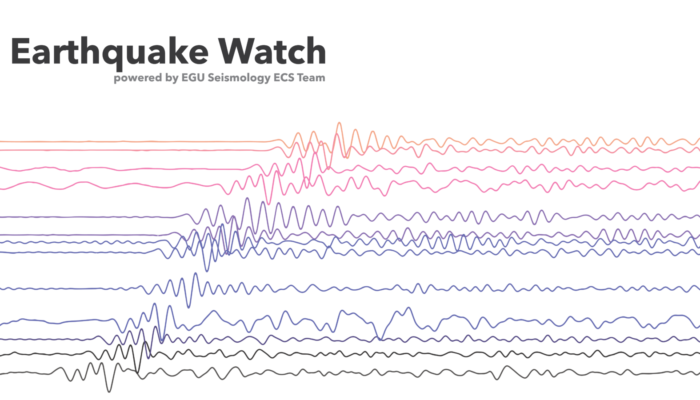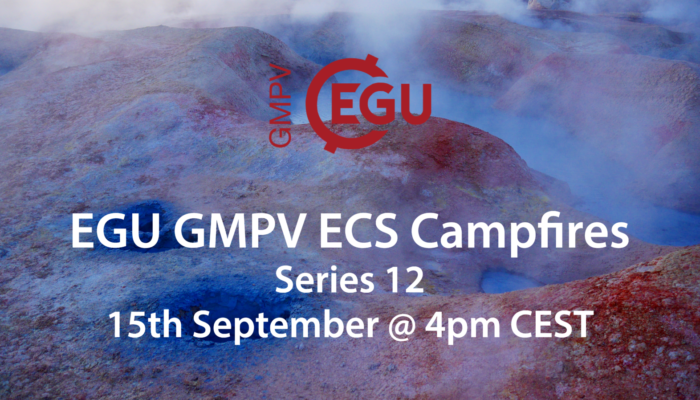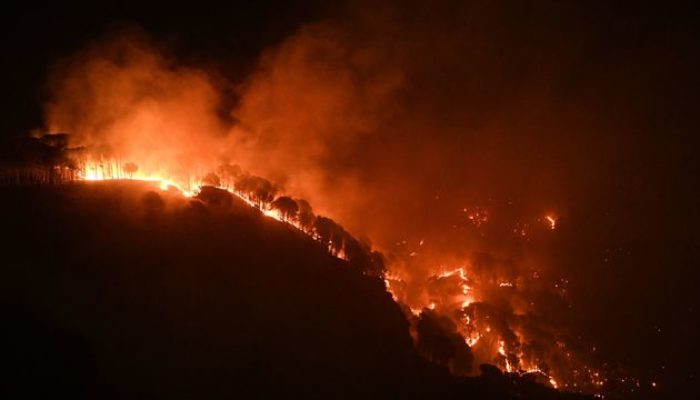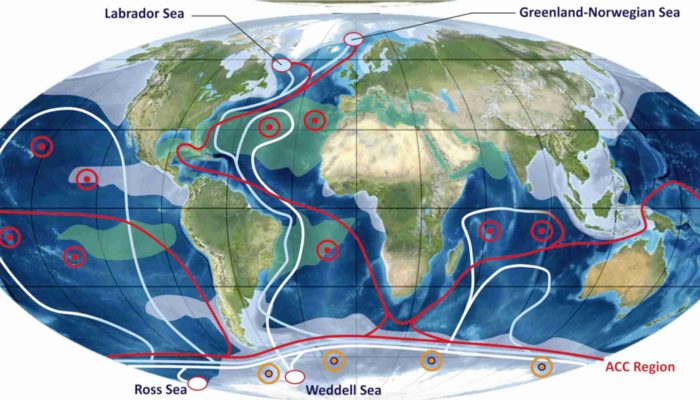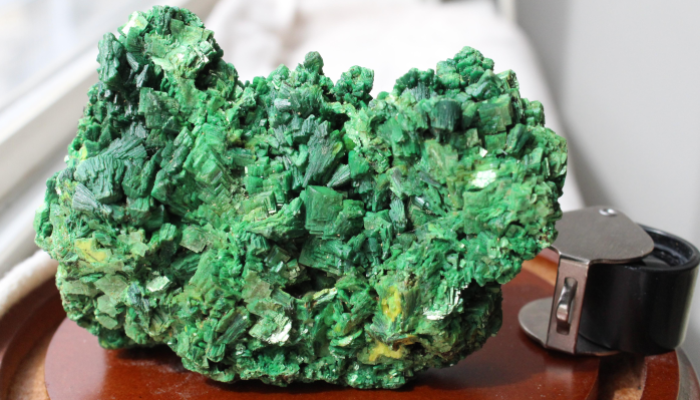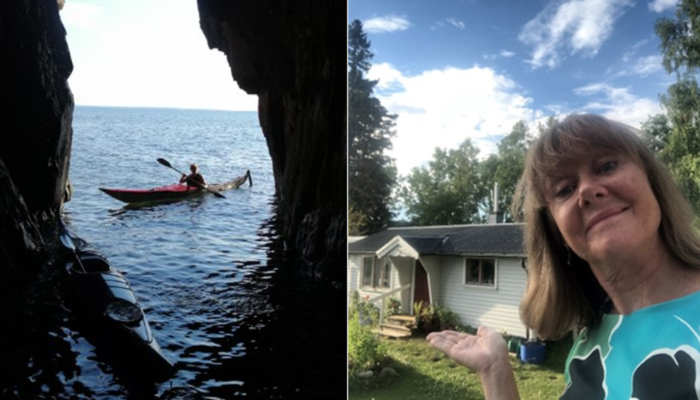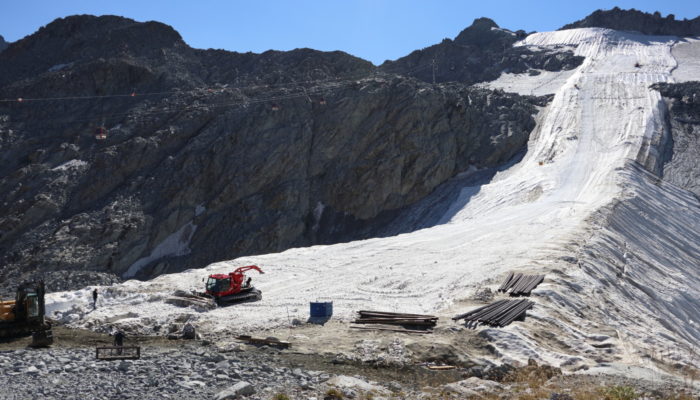We all want our five minutes in the spotlight. It could be the long-awaited moment you finally get to give an oral presentation at EGU, in front of an audience eager to absorb every single word that comes out of your mouth and every single slide like they are solving all open issues in all the geosciences. But not all research fields are created equal and, let’s face it, some fields seem to ...[Read More]
Seismology
Earthquake Watch July: Perryville, Alaska
One year ago, we started a series of blog posts synthesising the main results and discussions about the most significant earthquakes recorded recently, previously called “Earthquake of the month” and now known as “Earthquake Watch.” In our first edition, we reported on the 2020 Simeonof earthquake M 7.8 that occurred in Alaska (read here), and today we return to the same region with another intere ...[Read More]
Geochemistry, Mineralogy, Petrology & Volcanology
GMPV ECS Campfires: Wednesday 15th September @ 4pm CEST!
Mark your calendar! The 12th edition of the Geochemistry, Mineralogy, Petrology and Volcanology division’s early career scientists talks (EGU Campfires) will be on Wednesday 15th September at 4pm CEST! Our speakers are: Sri Budhi Utami (Final Year PhD Candidate @ Nanyang Technological University, Singapore) – How a volcano pressure cooker works: the role of excess fluids in controlling eruption st ...[Read More]
Nonlinear Processes in Geosciences
Three reasons why Forest-Fires worsen with climate change
The brand-new IPCC AR6 report clearly states that “Unless there are immediate, rapid and massive reductions in greenhouse gas emissions, limiting warming to around 1.5°C, or even 2°C, will be out of reach”. Although as human beings we do not perceive changes in global Earth average temperatures as a threat to our lives, the IPCC report also states that extreme weather events will worsen; actually ...[Read More]
Stratigraphy, Sedimentology and Palaeontology
Sediment in the deep ocean. Part 2: thermohaline currents that shape the seafloor
In Part 1 we differentiated between (1) shallow-marine tide-related currents from (2) purely gravitational sediment-laden currents. We could add that the former are periodic, as they are controlled by the effect of the Moon and Sun gravitational fields on the oceanic water as the Earth revolves, while the latter are sort of ‘spontaneous’ currents driven by the Earth gravitation field on sedi ...[Read More]
Geodynamics
When not Digging Through Code, Dig Rocks
Most of us have been directly or indirectly involved in outreach activities, often relying on shiny rocks to capture people’s fascination. This week, Aaron Van Alstine, a member of the Memphis Archaeological and Geological Society, a passionate rockhounder, and moderator of the sub-reddit on radioactive rocks, shares his views on why all earth scientists need a rock collection and how to st ...[Read More]
Hydrological Sciences
Berit Arheimer (2021 Henry Darcy Medallist) early autumn reflections from a summer cabin
The EGU 2021 Henry Darcy Medal of the EGU Division on Hydrological Sciences was awarded to Berit Arheimer, leader of the Hydrological Research unit at SMHI, and first ever female elected president of IAHS. The medal was awarded for her scientific leadership in policy-relevant large-scale modelling of water quality and quantity, promotion of open hydrology, and her excellence in managing research g ...[Read More]
Tectonics and Structural Geology
Tektonika Diamond Open Access Journal
In a nutshell Tektonika is a community-led Diamond Open Access journal (DOAJ) for tectonics and structural geology launching in early 2022. The journal will publish high quality peer-reviewed research that is free for authors and readers, offering an alternative to long-standing publishing models that conceal knowledge dissemination behind paid subscriptions. Community involvement is at Tektonika’ ...[Read More]
Cryospheric Sciences
Did you know about Artificial Glaciers?
There are several ways that we can classify glaciers. We can look at their shape, their size, their type of terminus, and many other features. A new characteristic has recently been gaining in popularity: artificiality. Yes, we now have a few artificial glaciers! Have you ever heard about them? They are glaciers whose behavior is directly influenced by human interventions in order to improve their ...[Read More]
Geodynamics
The Sassy Scientist – Teeing A Puddy Tat
Sylvester is continuously ogling new readers for his scientific communications. Pawing at several social media, he purrs: Do you need Twitter to spread your science? Dear Sylvester, Yes. Next question, please. I mean, it’s quite popular. Isn’t it? If you throw in a couple of tags to institutions, active members of the scientific social media community or even just some journals there&# ...[Read More]


